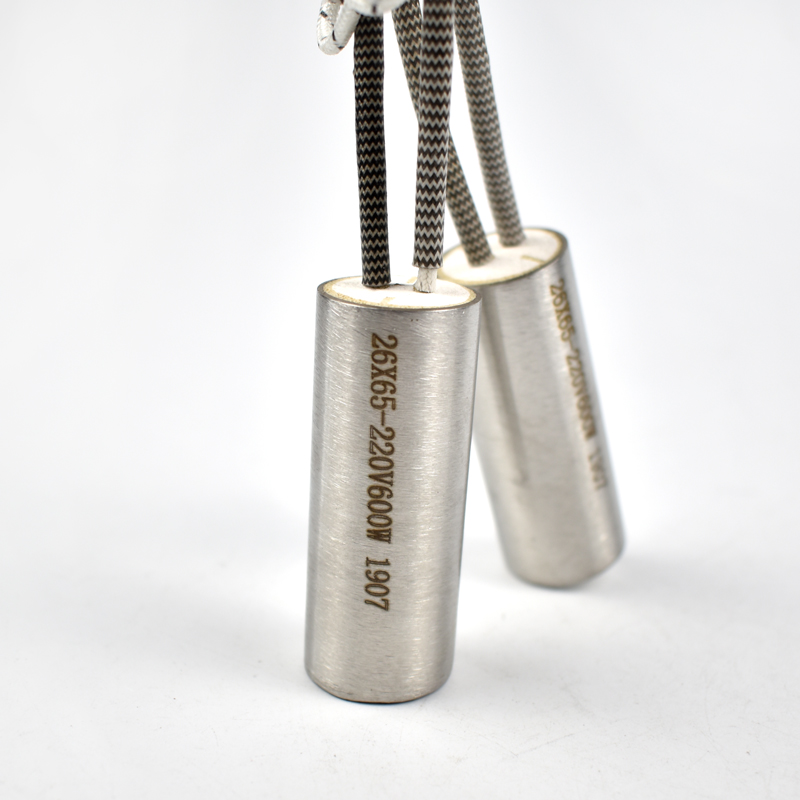High-density cartridge heater

High-density cartridge heaters have been widely used in many harsh occasions. Commonly used basic applications are pressing plates, plastic molds and mold heating, liquid immersion and air heating.
1. Working temperature
The operating temperature of the heater is the main factor in determining the expected life of the heating element. The heater life depends on the actual temperature of the resistance wire in the heater, not on the process operating temperature. The curve in Figure 1 illustrates the proper relationship between operating temperature and power density. The higher the operating temperature, the lower the recommended maximum power density.
2. Heater power density
3. Determine fitness
When inserting the high-density ink cartridge heater into the drill hole, heating the platen, mold, mold or hot runner probe, cooperation is an important factor in determining the expected life of the heater. The fit is the difference between the minimum diameter of the cartridge heater and the maximum diameter of the hole. Due to swaging, the diameter of the unheated part of the high-density ink cartridge may be smaller. To determine the fit, use only the smallest diameter on the heated length.
In low-temperature applications (less than 315°C), when using a medium-power density heater (less than 60 watts per square inch), a general-purpose drill is usually used for drilling. In drill size, typical hole size can be 0.003" to .008". For higher power density and/or higher temperature applications, we recommend drilling and reaming the holes to achieve the closest fit. In applications that require precise temperature control and heat transfer characteristics, high-density cartridge heaters can be ground to ±.0005" centerlessly.
4. Location of temperature control and temperature sensing device
In order to better control the heater temperature, and thus the resistance wire temperature, it is very important to use proper temperature control and the proximity of the heater to the sensor. A heater with a higher power density generates heat faster than the heat dissipation capacity of the surrounding area. This creates a thermal hysteresis between the heater and the sensor.
The closer the sensor is to the heater, the better the heater temperature can be controlled. By keeping the sensor away from the heater, temperature gradients of several hundred degrees can be observed in many applications, especially during initial startup and severe thermal cycling. Although the set operating temperature may be lower, the heater may operate at a very high temperature. This is a common cause of heater failure. It can be minimized using the time ratio and PID function of the temperature controller.








